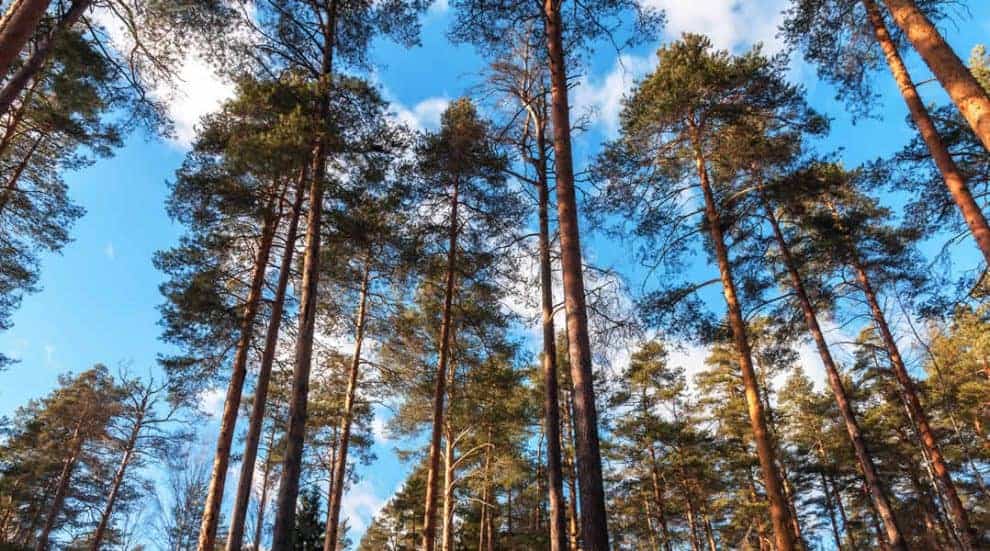As I was riding around looking at property one day, something jumped out at me! Given the fact that I sell a lot of timberland in west central Georgia and that I’m a Registered Forester, this topic is important to me. Some trees look great; others, not so good. Some trees are straight, with few limbs, and generally look good. There are some properties with trees that exhibit a lot of cankers, limbs, and lots of sweep…you get the idea. I am sure you have noticed the same thing if you are interested in timberland.
Let’s look at some photographs:



Generally speaking, the differences have to do with genetics. Just like human characteristics – the color of your eyes, height, etc. – tree characteristics are to a large degree determined by genetics. Forest Genetics is the subdiscipline of genetics concerned with genetic variation and inheritance in forest trees. Over the years, there have been many improvements in tree characteristics including absence of limbs and the ability to self prune, volume gain, straightness and taper, and resistance to fusiform rust.
Improved trees are generally referred to as 1st Gen, 2nd Gen, and so forth. Let’s look at the differences.
1st Generation – cuttings from superior wild trees. These trees generally experience about a 10% gain over wild trees.
2nd Generation – best trees from 1st Generation were crossed. These trees generally experience 10-20% over the 1st Generation.
3rd Generation – best trees from 2nd Gen were crossed. Usually experience 10-20% gain over 2nd Generation.
A forest nursery man once explained to me that Seed Orchards are open pollinated, which means you can identify the mother tree but once the pollen blows in there is no way to control the father tree. You have probably experienced your car covered up with that yellow pollen in the spring!
Tree improvement is moving in the direction of cloning, which is taking tissue from a tree and growing seedlings. One of the largest companies involved in cloning tree seedlings is ArborGen.
This article might be a little too scientific for most, but here is the take away – reforestation is expensive and it is a long term investment. If you are going to invest all that money is site preparation (such as spraying herbicides or burning), followed by hand planting or machine planting your trees, then for heaven’s sake – USE THE BEST SEEDLINGS. Some trees are better suited to the Piedmont, others are better suited for the coastal plain. Choose a genetically improved tree suited to your area!
This content may not be used or reproduced in any manner whatsoever, in part or in whole, without written permission of LANDTHINK. Use of this content without permission is a violation of federal copyright law. The articles, posts, comments, opinions and information provided by LANDTHINK are for informational and research purposes only and DOES NOT substitute or coincide with the advice of an attorney, accountant, real estate broker or any other licensed real estate professional. LANDTHINK strongly advises visitors and readers to seek their own professional guidance and advice related to buying, investing in or selling real estate.










I’ve always been curious about forestry genetics so this was really cool! Really helpful information to be able to find the mother tree. Thanks for posting.